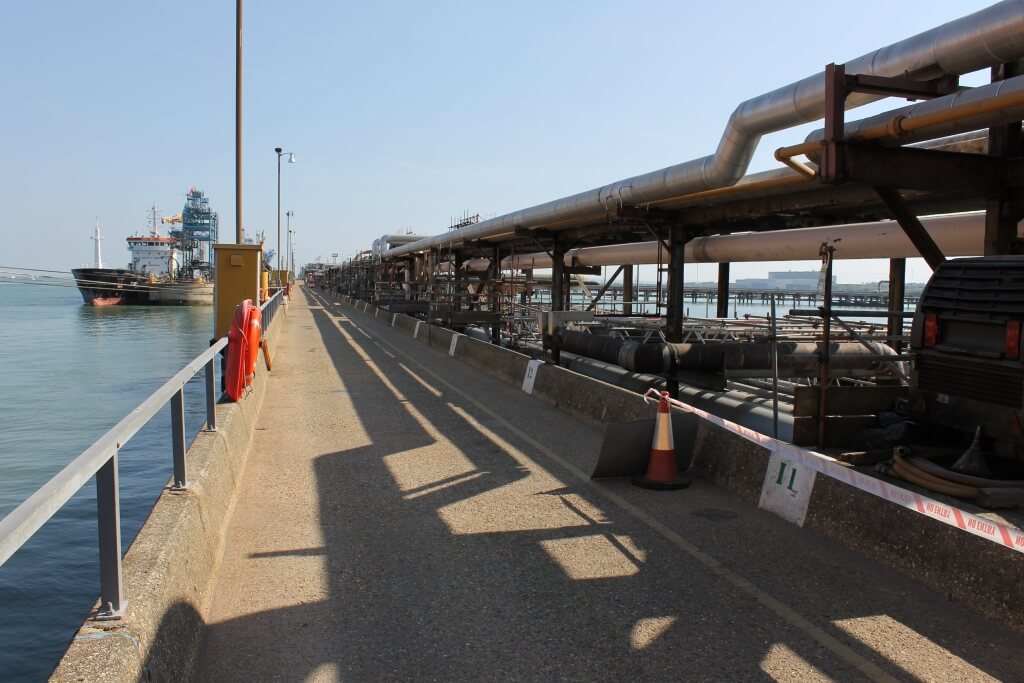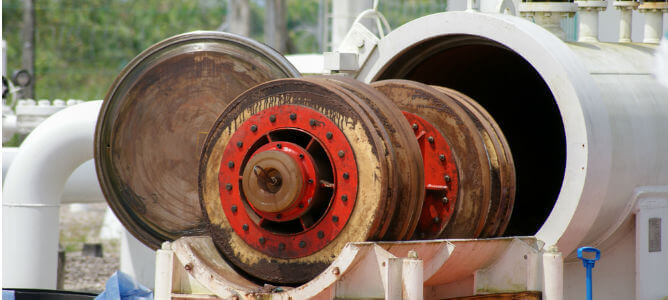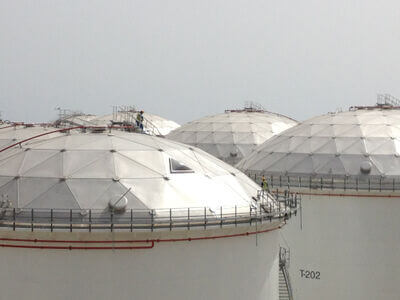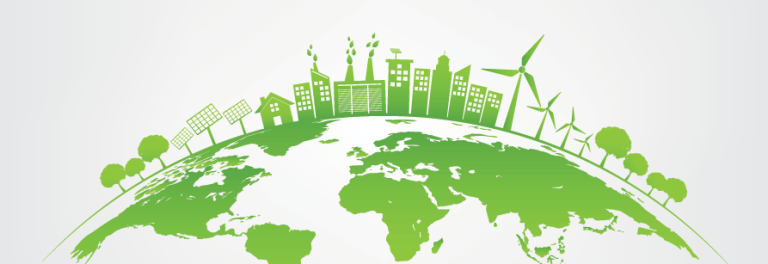Introduction
Jetty pipelines are integral components of the modern fuel supply chain, enabling the efficient transfer of fuel from marine vessels to storage facilities and distribution networks. Their role extends beyond mere transportation, encompassing aspects of safety, efficiency, and environmental stewardship. This report delves into the functions, benefits, and operational considerations of jetty pipelines in the context of fuel supply.
1. Functionality and Operation
1.1. Transportation Mechanism
Jetty pipelines serve as conduits for transferring fuel from ships docked at marine terminals to onshore storage tanks or refineries. The process begins when a tanker docks at a jetty equipped with specialized loading and unloading facilities. The pipeline system is then utilized to move the fuel through a series of pumps and valves, ensuring a controlled and efficient transfer.
1.2. Pipeline Configuration
A typical jetty pipeline system comprises several key components:
Receiving and Discharge Arms: Flexible arms that connect the tanker’s manifold to the jetty pipeline.
Pumps and Compressors: Devices that facilitate the movement of fuel through the pipeline, overcoming friction and gravity.
Pipeline Network: High-diameter pipes designed to handle the volume and pressure of the fuel being transported.
Control Systems: Automated systems that regulate the flow rate, monitor pressure, and detect any anomalies.
1.3. Integration with Storage and Distribution
Once the fuel reaches the onshore facility, it is often directed to large storage tanks for temporary holding. From these tanks, fuel is either further processed at refineries or distributed through pipelines to various end users, including fueling stations and industrial facilities. This seamless integration between marine and land-based infrastructure is crucial for maintaining a continuous fuel supply.
2. Benefits of Jetty Pipelines
2.1. Efficiency
Jetty pipelines offer a highly efficient method for transferring large volumes of fuel. Unlike road or rail transport, which can be affected by traffic, weather, or other delays, pipelines provide a continuous flow of fuel with minimal interruptions. This efficiency is crucial for meeting the high demand for fuel in various sectors.
2.2. Cost-Effectiveness
The operational cost of jetty pipelines is generally lower compared to other transportation methods. Pipelines require less labor and maintenance once installed, and their ability to handle large volumes reduces the need for frequent transportation. This cost-effectiveness translates to lower prices for consumers and higher profitability for fuel suppliers.
2.3. Safety
Safety is a primary concern in fuel transportation. Jetty pipelines are designed with multiple safety features to mitigate risks. These include:
Leak Detection Systems: Advanced sensors and monitoring systems that detect and alert operators to any leaks or pressure drops.
Emergency Shutdown Systems: Mechanisms that can quickly halt the flow of fuel in case of an emergency.
Regular Inspections and Maintenance: Scheduled checks to ensure the integrity and safety of the pipeline infrastructure.
2.4. Environmental Protection
Jetty pipelines are designed to minimize environmental impact. Compared to other transport methods, pipelines are less likely to cause large-scale spills or accidents. They are equipped with features to manage and contain any potential leaks, reducing the risk of environmental contamination.
3. Challenges and Considerations
3.1. Infrastructure and Investment
Building and maintaining jetty pipelines require significant investment. The initial capital expenditure includes costs for construction, land acquisition, and regulatory compliance. Additionally, ongoing maintenance and operational costs must be managed to ensure the system remains functional and safe.
3.2. Regulatory Compliance
Jetty pipelines are subject to strict regulatory standards to ensure safety and environmental protection. Compliance with these regulations is essential and involves regular inspections, reporting, and adherence to industry best practices.
3.3. Technological Advancements
The industry is continually evolving with advancements in pipeline technology. Innovations such as smart monitoring systems, automated control systems, and improved materials contribute to enhanced efficiency and safety. Staying abreast of these developments is crucial for maintaining an effective fuel supply chain.
4. Future Trends and Developments
4.1. Increased Automation
The future of jetty pipelines is likely to involve greater automation, including advanced control systems and real-time monitoring. These technologies will further enhance the efficiency and safety of pipeline operations.
4.2. Environmental Sustainability
There is a growing emphasis on environmental sustainability in the fuel supply industry. Future developments may include more robust environmental protection measures, such as advanced leak detection and response technologies.
4.3. Integration with Renewable Energy
As the energy sector evolves, there may be increased integration of renewable energy sources. Jetty pipelines might be adapted to handle new types of fuels and energy sources, contributing to a more sustainable energy future.
Conclusion
Jetty pipelines are a vital component of the fuel supply chain, providing an efficient, cost-effective, and safe method for transporting fuel from marine vessels to onshore facilities. Their role extends beyond mere transportation to encompass significant benefits in safety, environmental protection, and operational efficiency. As the industry evolves, continued advancements in technology and a focus on sustainability will further enhance the role of jetty pipelines in the global fuel supply network.




